Reportar esta entrada
Más sobre la misma comunidad-colección
El Paso Atheists at the Gay Pride Parade
El Paso Atheists marched to show support for LGBTQ El Pasoans in ...
Tom Lea and El Paso Public Library
Light and shadows fall over the Tom Lea mural, "Southwest," in ...
El Paso Luandry Santa Fe ST. 1947
El Paso Laundry, 901 Santa Fe ST. Est. 1891, Photo taken 1947 ...
Nolan Richard Honor - 2014 - El Paso, Texas
Nolan Richardson Honored in Basket Ball Hall of Fame. Coach ...
Javier Montes - Bowie High School - El Paso, Texas
Javier Montes, Bowie Track Yearbook . He was UTEP's first ...
1949 Bowie High School state baseball champions
Members of the 1949 Bowie High School state baseball champions, ...
1949 Bowie High School State Baseball Champions
Members of the 1949 Bowie High School state baseball champions, ...
Storm above downtown El Paso August 2006
Photo of a storm system above downtown El Paso during the flood ...
Storm above downtown El Paso August 2006
Storm clouds above downtown El Paso August 2006. Storm systems ...
El Paso Sheriff's Posse Stagecoach Sun Carnival Parade 2013
The El Paso Sheriff's Posse has supported the Sun Carnival ...
El Paso Sheriff's Posse Stagecoach Sun Carnival Parade 2013
The El Paso Sheriff's Posse stagecoach appears in the Sun ...







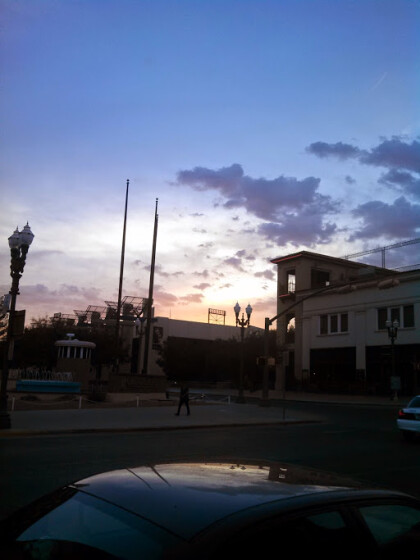
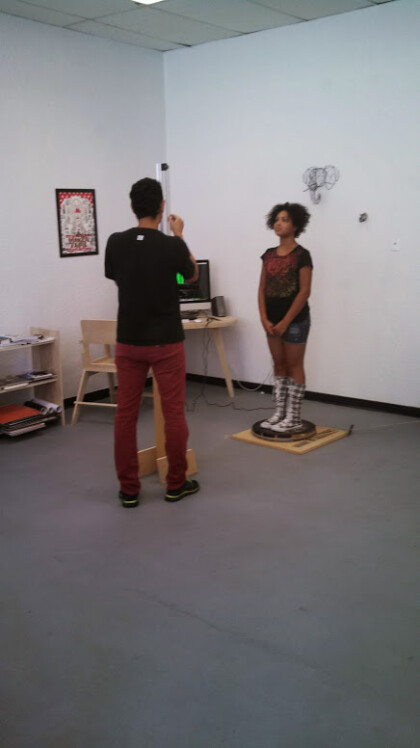
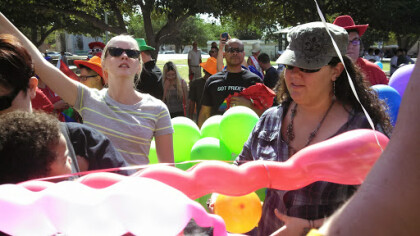



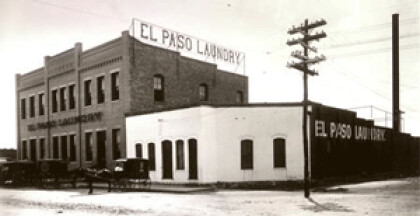
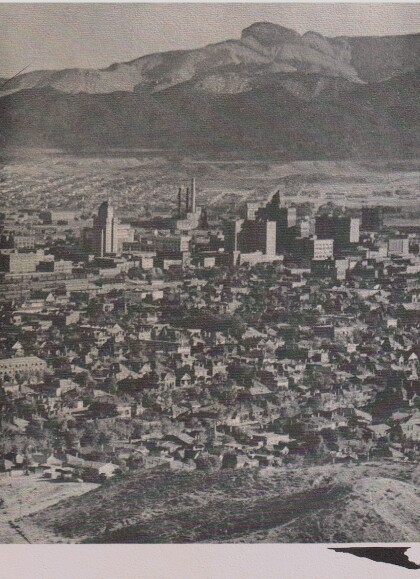
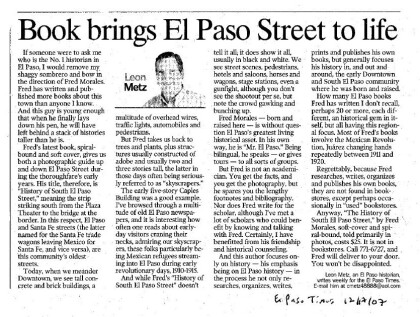
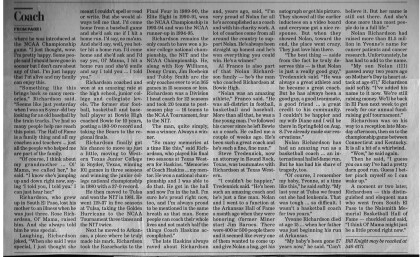
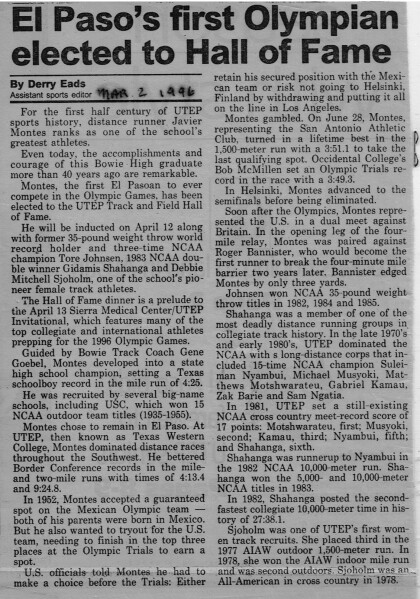


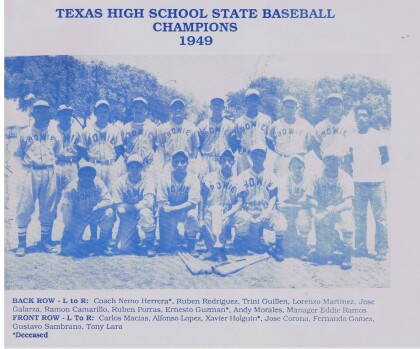
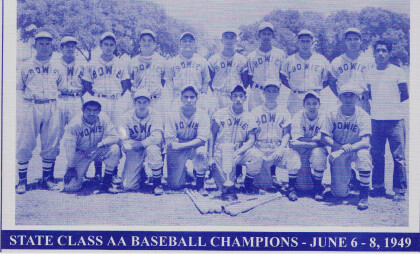
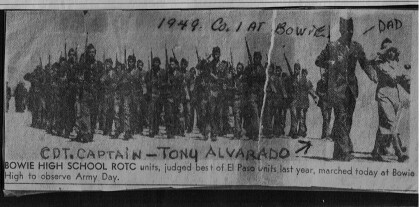
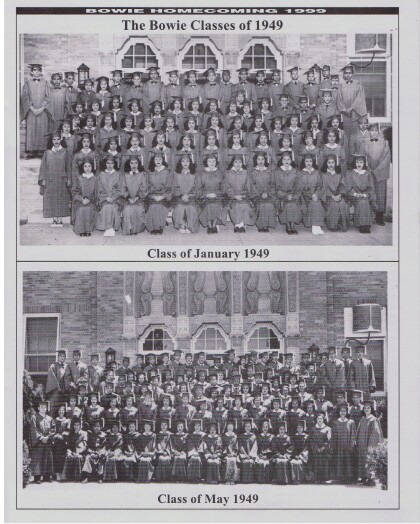
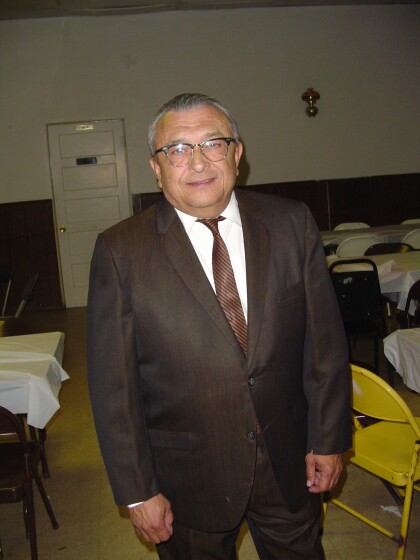
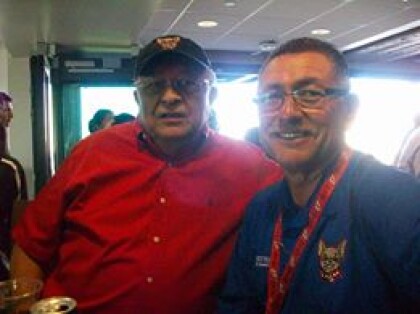
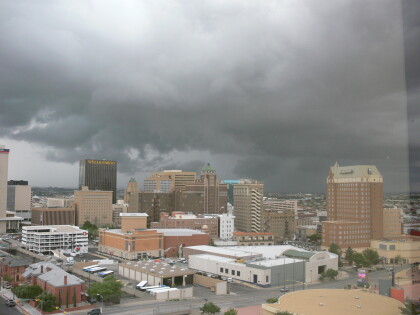
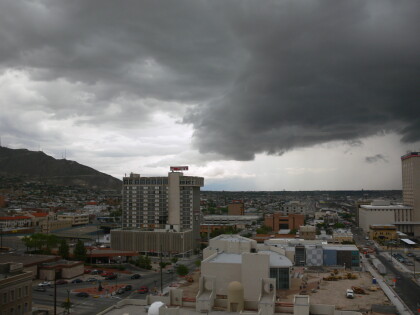
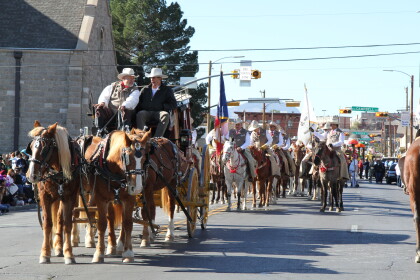
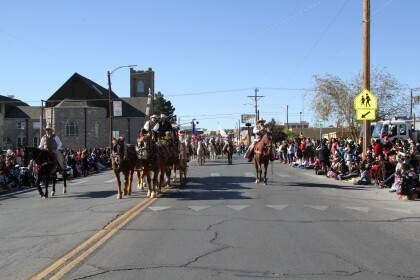
Comentarios
Hacer un comentario